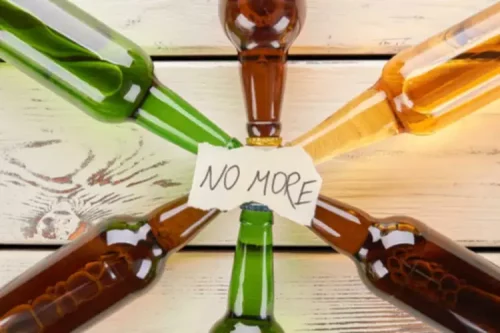
Lapse is defined as the first cocaine positive UDS, relapse is 2 consecutive cocaine positive UDS’. Lapse is defined as the first cocaine positive or missing UDS; relapse is 2 consecutive cocaine positive or missing UDS′. One investigator abstracted, and a second investigator confirmed details related to study design, setting, population, intervention and follow-up, co-interventions, outcomes, and harms. Two reviewers independently assessed the quality of each RCT using a tool developed by the Cochrane Collaboration10 (Online Appendix Table 8). We directly report the findings from previous SRs as well as their assessments of study quality. Outside of the Department of Veterans Affairs, which has offered contingency management since 2011, the treatment lay dormant for nearly a decade.

CCCADA Cocaine Addiction Treatment

This distinction often relies on determining the temporal sequences of mood symptoms and substance use, which is aided by following a patient longitudinally. Primary mood disorders are diagnosed when symptoms precede substance use or exist during periods of at least several weeks of abstinence. For example, for individuals with co-occurring CUD and depression, it may be difficult to determine if depression is primary or caused by cocaine withdrawal. Given the high rates of co-occurring mental health disorders seen in SUDs and the overlapping symptomatology across these disorders, new paradigms may be needed for how we think about these conditions that we often try to diagnostically separate and treat individually. Ultimately, both substance-induced and “primary” mood disorders need clinical attention and treatment, even when making this distinction is challenging or not possible. Previous reviews 11,12,13,14 reported challenges in systematically assessing anti-craving effects across multiple studies, primarily due to a high heterogeneity of craving measures.
PSYCHOSOCIAL INTERVENTIONS
- Outcome urinalysis data were reported either directly as ITT outcomes or calculated based on retention rates and non-ITT outcomes.
- Frequent use of cocaine can cause you to develop a higher tolerance to the drug.
- Loved ones who are concerned about a person’s drug or alcohol use may consider an intervention.
- However, individuals with CUD and co-occurring disorders (eg, a mood or anxiety disorder) may benefit from medication treatments.
- Ayesha Appa is an addiction specialist who runs an HIV clinic at San Francisco General Hospital, where most of her patients are homeless, using meth and on Medicaid.
The failure to find an effect of modafinil may be attributed to the selection of subjects, all of whom tested positive for cocaine at baseline. It is well established that cocaine-dependent subjects who test positive for cocaine at the start of the study have extremely poor clinical outcomes when compared to those who are able to produce a cocaine-negative urine sample (44–47). More recently, 65 crack cocaine–dependent outpatients were randomized to receive either 12-week individual CBT plus modafinil (400 mg/day) or 12-week individual CBT only.
Cocaine Addiction Support Groups

Study selection was guided by an analytic framework (Online Appendix Figure 1). We included randomized controlled trials (RCTs) of adults with cocaine use disorder that compared pharmacotherapies (head to head), to placebo, usual care, or psychotherapy. We excluded studies examining patients with comorbid psychotic spectrum or bipolar disorders. We excluded studies that did not perform urine drug screens (UDS) at least once per week. PICOTS and study selection criteria are specified in Online Appendix Tables 2 and 3. All clinical trial designs were included if their goal was to assess the efficacy of a treatment for reducing cocaine use.

6. Acute Interventions
Monitored outcomes included abstinence from cocaine or amphetamine by self-report and by urine drug screens at the end of treatment and at 12 weeks and duration of treatment retention. CM or CM combined with either community reinforcement approach or CBT had superior efficacy and acceptability compared to TAU (24). Studies investigating cocaine addiction treatment sex and gender differences in cravings, relapse, stress response, and other features of addiction (see Sex Differences) support the need for tailored treatment approaches to address sex and gender-specific needs. This includes the possibility of providing different medications to men and women.
- In addition to individual therapy, we also offer family therapy to help improve communication and understanding within your family unit.
- It is our hope that we have also highlighted the many existing opportunities to support individuals with CUD in their recovery process.
- You might receive treatment with a pharmaceutical drug if you have a co-addiction that can be treated pharmacologically, such as an addiction to alcohol or opioids.